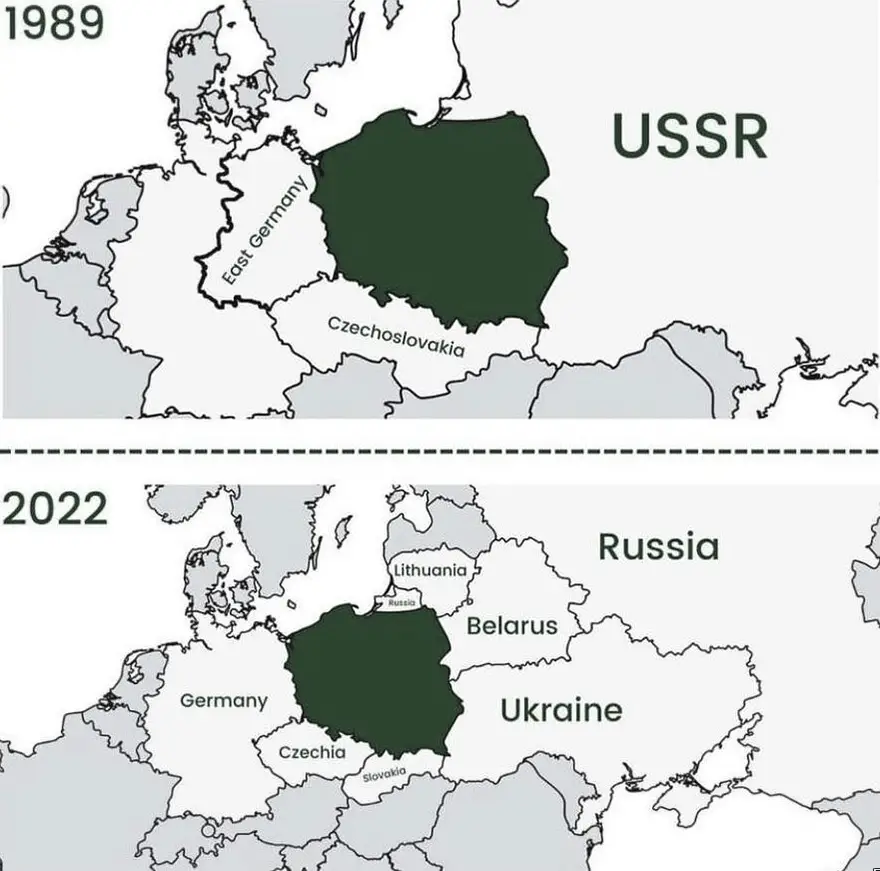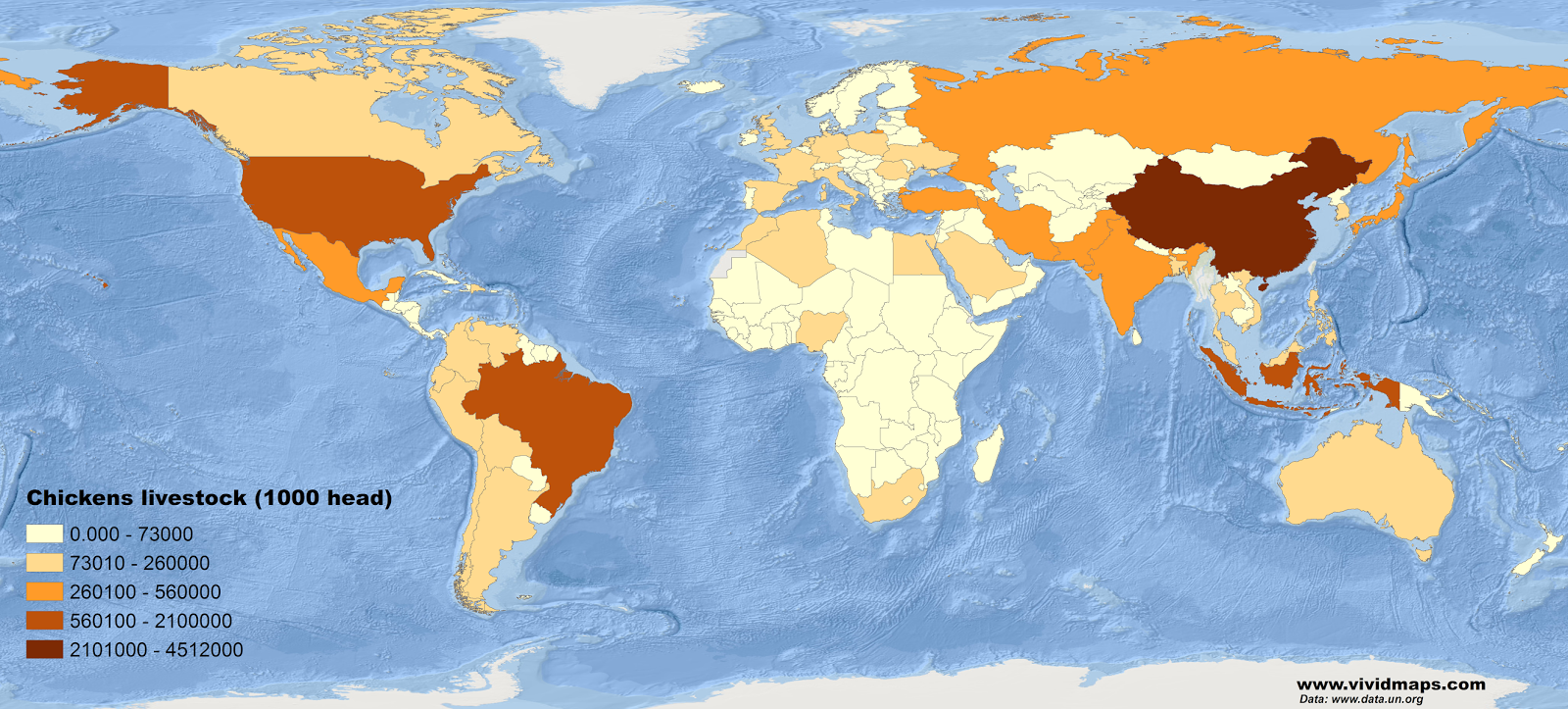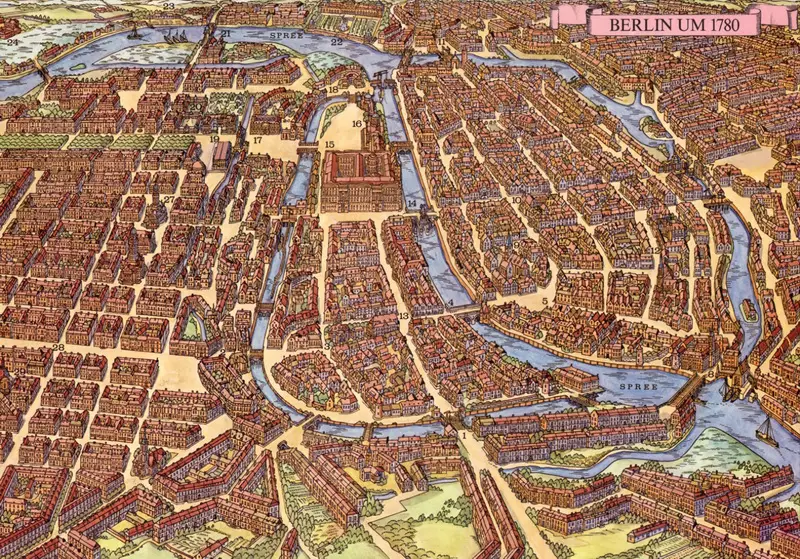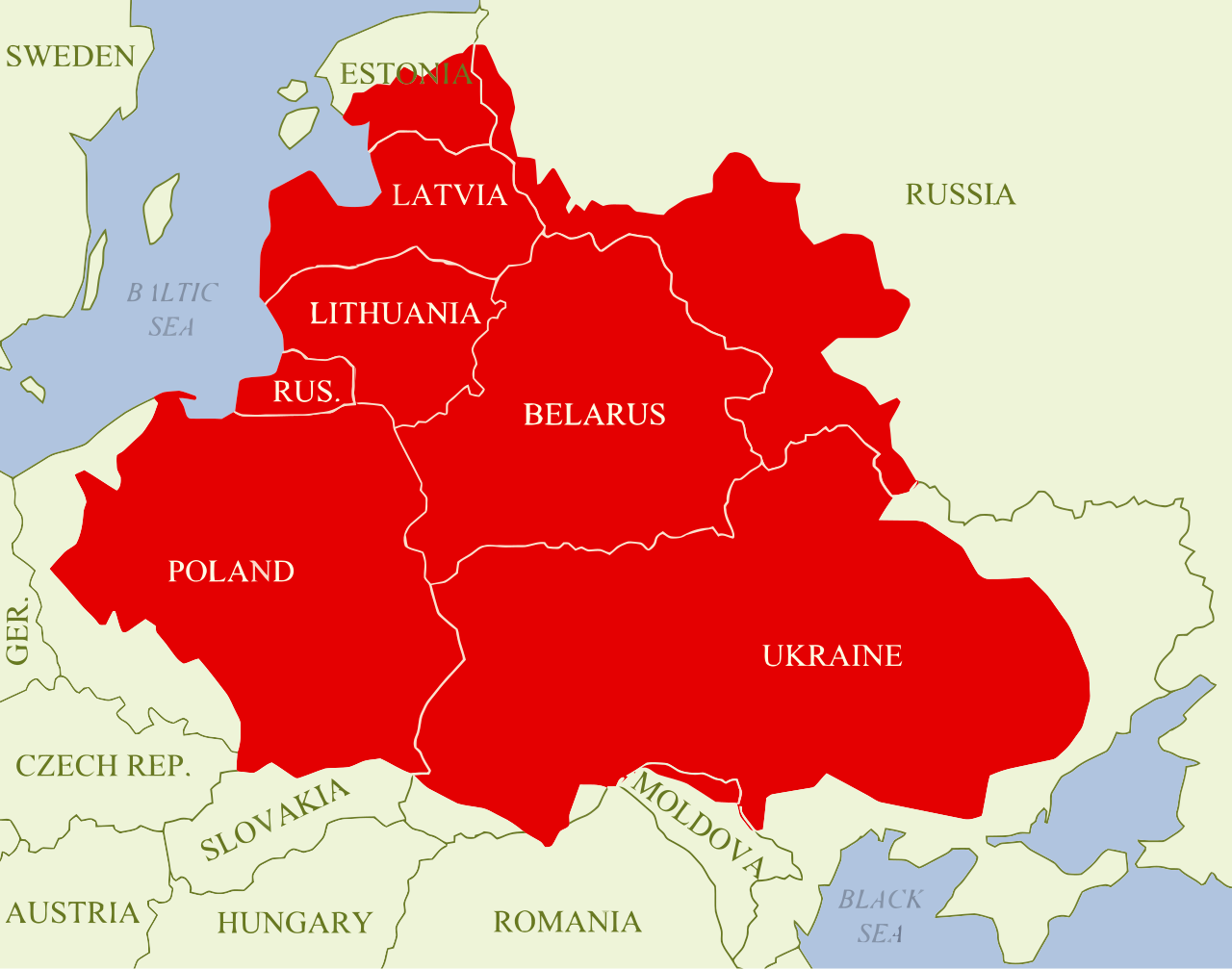The Countries Bordering Poland in 1989 No Longer Exist Today
Here’s something that still amazes me about European history: if you picked up a map from 1989 and tried to find Poland’s neighbors today, you’d be completely lost. Every single country that shared a border with Poland back then has either disappeared entirely or transformed beyond recognition.
It’s 1989, and Poland sits in the heart of a very different Europe. The Berlin Wall still divides Germany, Czechoslovakia remains one unified nation, and the Soviet Union stretches across eleven time zones as the world’s largest country. These three neighbors defined Poland’s borders, creating a geopolitical reality that seems almost surreal from today’s perspective.
When Giants Ruled the Map
Back in ’89, Poland rubbed shoulders with some serious heavyweights. To the west lay East Germany—that socialist experiment that lasted just over four decades before history swept it away. The German Democratic Republic wasn’t just Poland’s neighbor; it was a symbol of the divided world that defined the Cold War era.
Heading south, Czechoslovakia stretched along Poland’s border like a geographic bridge between Western and Eastern Europe. This wasn’t some brief political arrangement either—Czechoslovakia had existed since 1918, weathering world wars and communist rule. Few predicted it would peacefully dissolve just four years later.
But the real giant? The Soviet Union dominated Poland’s eastern border, a massive neighbor that made other countries look like postage stamps on the map. From the Baltic to the Pacific, the USSR seemed as permanent as the Ural Mountains themselves.
The Great Unraveling
Then everything changed, and fast.
Germany reunified in 1990, essentially swallowing East Germany whole. One day there were two Germanys, the next day there was simply Germany. Poland suddenly found itself next to a completely different nation—same people, same language, but an entirely new political entity.
Czechoslovakia took a different route, choosing what historians call the “Velvet Divorce” in 1993. No wars, no drama—just a civilized split that created the Czech Republic and Slovakia. Poland went from having one southern neighbor to having two.
The Soviet collapse in 1991 was perhaps the most dramatic change of all. That massive eastern neighbor fragmented into fifteen independent countries. Poland’s border now touched four of them: Russia, Belarus, Lithuania, and Ukraine. Imagine explaining that to someone from 1989—your eastern neighbor didn’t just change governments, it became four different nations.

More Than Lines on Paper
These weren’t just administrative reshuffles—they fundamentally altered how Poland relates to the world. Think about Poland’s foreign policy challenges today. Instead of dealing with three predictable (if sometimes difficult) neighbors, Polish diplomats now navigate relationships with seven different countries, each with their own priorities, economies, and political systems.
The economic implications alone are staggering. Trade relationships that took decades to establish vanished overnight. Cultural connections spanning generations suddenly crossed international borders. Families found themselves separated not just by distance, but by new nationalities and passports.
Why This Matters Today
This transformation illustrates something profound about our world—national borders that seem permanent are often more fragile than we imagine. The map of Europe in 1989 looked as solid and unchangeable as any map in history. Yet within just a few years, the entire geopolitical foundation shifted beneath our feet.
For Poland, this meant transitioning from a nation surrounded by communist allies and rivals to one bordering everything from NATO partners to former Soviet republics still finding their way in the world. That’s not just a geographic change—it’s a complete reimagining of national identity and international relationships.
Looking at maps from 1989 and today side by side reveals more than just interesting history. It shows us how quickly the world we take for granted can transform, and how resilient nations and people can be when faced with such monumental change.
Discover More
Explore the history and geography of Europe with these recommended products available on Amazon:








